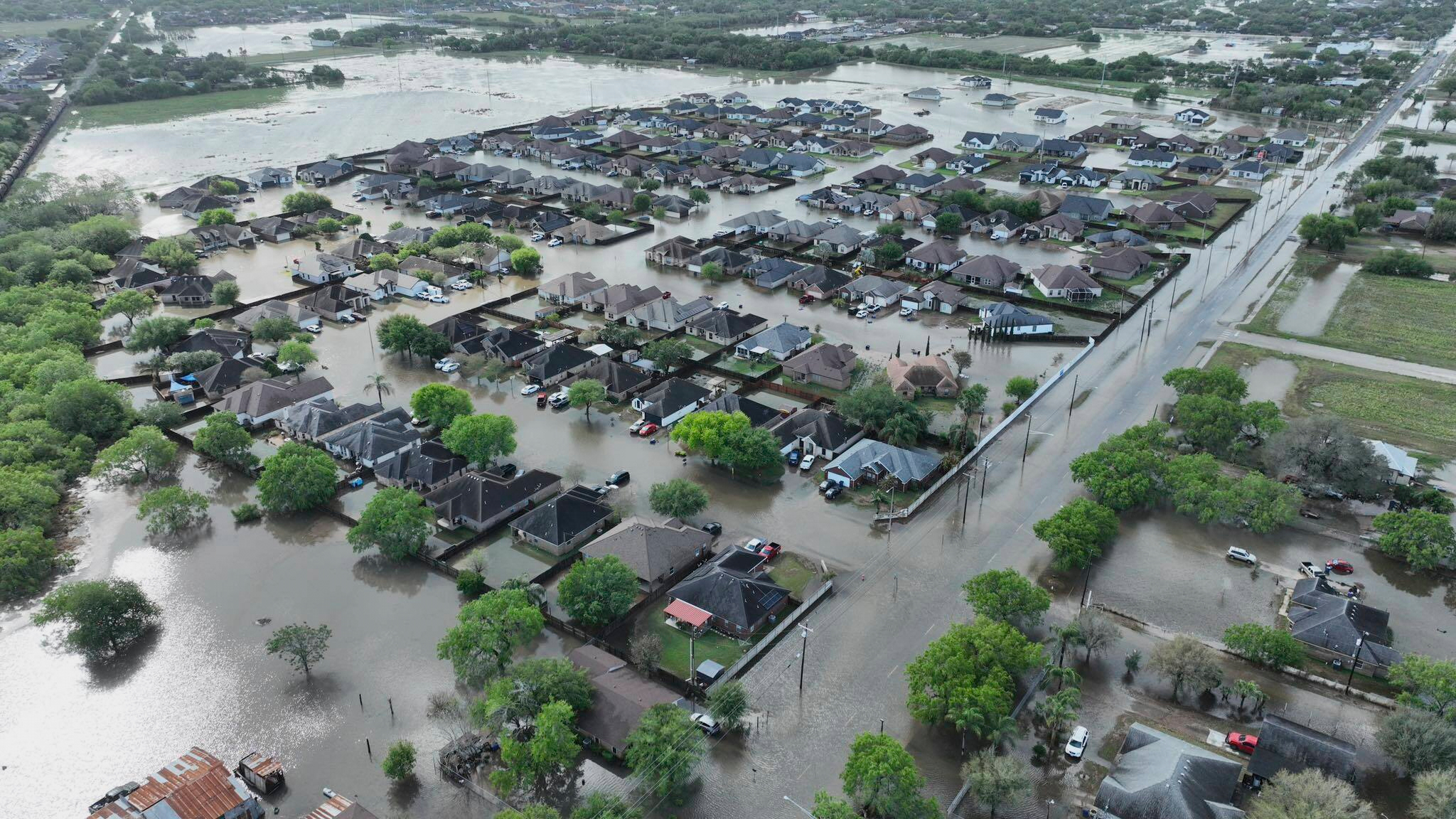Despite having not been named a tropical storm or hurricane yet, the National Hurricane Center had a pretty good idea that a hurricane would strike Florida.
When the National Hurricane Center issued its first advisory for then-named Tropical Depression No. 10, the forecast called for the storm to develop into a hurricane and strike Florida's Big Bend region.
Four days later, Hurricane Idalia struck the Big Bend region as a Category 3 system.

"The depression is forecast to strengthen during the next few days and could become a hurricane over the eastern Gulf of Mexico, bringing a potential of dangerous storm surge, heavy rainfall, and strong winds to portions of the west coast of Florida and the Florida Panhandle by the middle of next week," the National Hurricane Center said on the afternoon of Aug. 26.
Erik Salna, associate director at the Extreme Events Institute and International Hurricane Research Center at Florida International University, said forecasting a storm's track and intensity does remain a challenge.
"The good news is we've made a lot of progress in track," he said. "The National Hurricane Center's cones were right on target for the Big Bend area. That was good news, but we don't have that fine detail, like a skinny black line, to know exactly where it's going to go."

Idalia's storm surge puts Florida neighborhoods under feet of water
Across Florida, the death toll was low for such a powerful storm because of where the storm made landfall.
Helping provide confidence to the National Hurricane Center's prediction was that the Gulf of Mexico had extremely warm waters, which in some parts of the Eastern Gulf approached 90 degrees.
"The Gulf of Mexico was extremely warm," Salna said. "The National Hurricane Center several days out started talking about rapid intensification, and they do sometimes overperform, but they were inching up the probability and what the wind speed was going to be. So we knew it was going to rapidly intensify and we knew it was going to be a major storm approaching that coastline."
What made things less certain, however, was what would happen to the Big Bend when Idalia got to Florida. The area has not had a direct strike from a major hurricane in decades.
"We learned that certainly hurricanes can approach any part of the Florida coastline that have been spared for such a long time from a major storm, but it finally happened," said Salna.
Salna said Florida's Big Bend coastline is prone to storm surge given its configuration Because of that and Hurricane Idalia's intensity, the National Hurricane Center issued storm surge warnings for the area.









